The incredible story of Roman Wars: The lost Call of Duty game
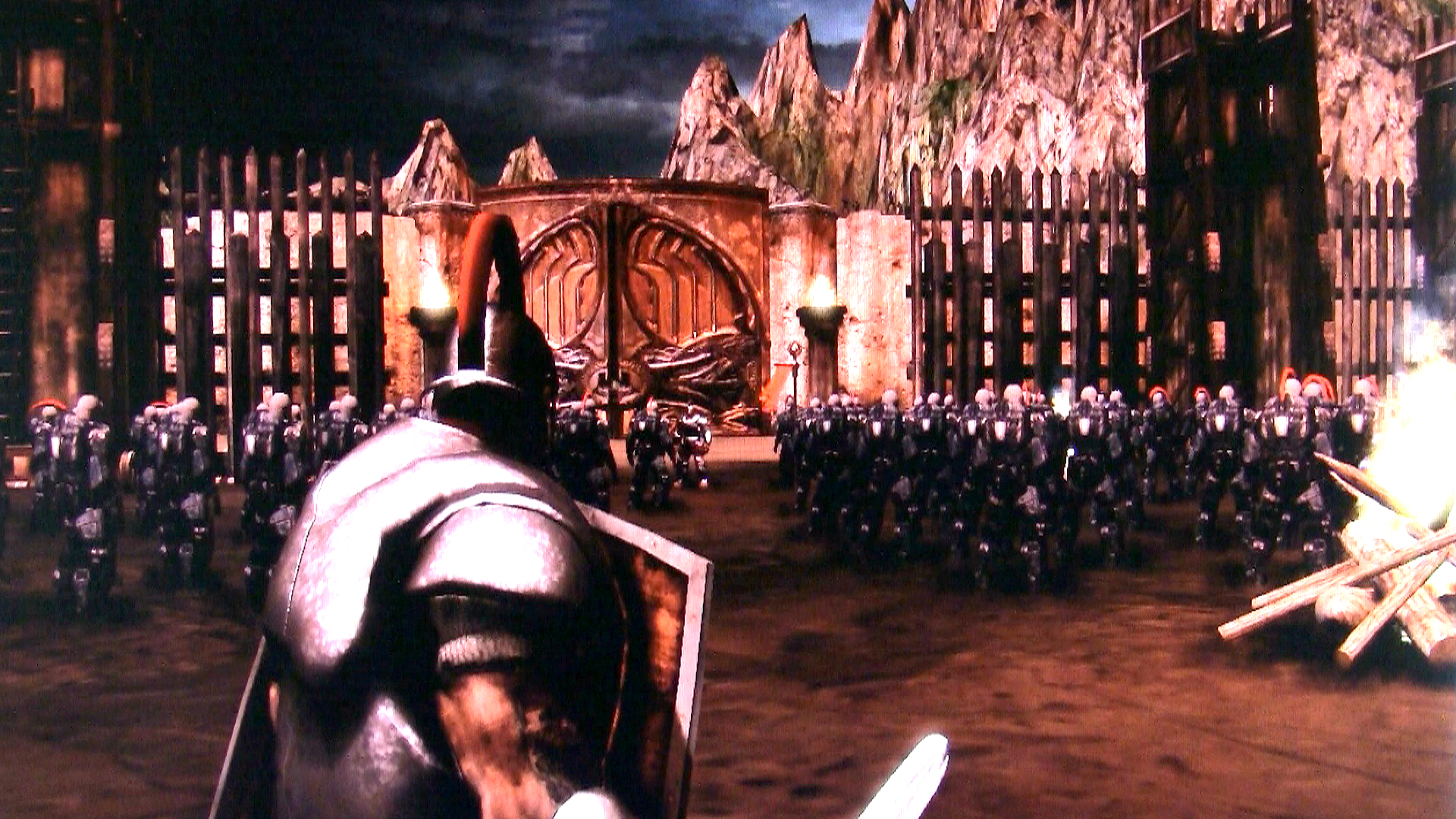
[UPDATE] While the Call of Duty logo can be seen in the video, taken from an original pitch reel, the gameplay is from a build that was "later repurposed and pitched to Ubisoft, as just Roman Wars" a few years after key members left Activision. This "custom branded version" was apparently not cleared: "A lot of things went down around that time with Guitar Hero and other projects. It was during a volatile time".
Eight years ago, you almost got to play a Call Of Duty set in ancient Rome. A game featuring battle elephants trampling soldiers, a playable Julius Caesar and first-person sword combat. Activision liked the idea, the Call of Duty: Roman Wars demo impressed, and it got as far as the desk of CEO Bobby Kotick before a mixture of studio stubbornness and fears of over-saturating the brand consigned this lost game, ironically, to history.
Around 2008, Activision began actively courting pitches for a new COD instalment, planning to expand the series based on its increasing success at the time. One of those ideas was a very different take called Roman Wars, that would have followed a soldier in Julius Caesar’s Tenth Legion, technically the spec ops of its day.
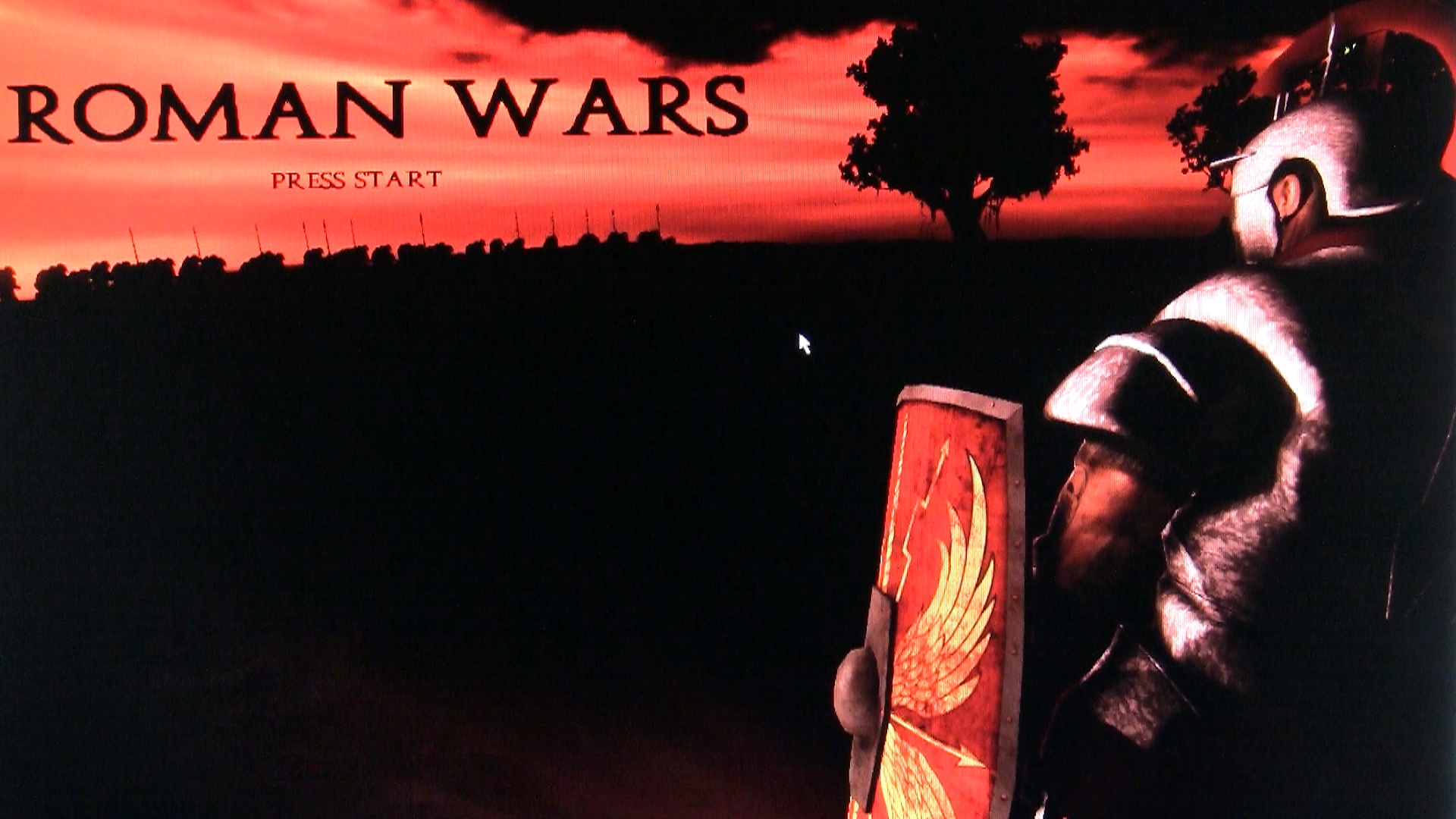
I recently spoke to sources involved with development - one of which, who’s asked to be named Polemos (spirit of war and battle, appropriately), explained that the prototype came out of Vicarious Visions, a studio Activision had bought in 2005 and which has largely been responsible for Skylanders since 2010.
Back in the day though, it was at work on Marvel Ultimate Alliance 2, a top down superhero RPG that provided the initial basis for Roman Wars development. “We were asked to do some Call of Duty prototypes, so we had a whole team working on a new prototype we called the Fireteam,” explains Polemos. “It was basically a new Call of Duty but with an overhead Marvel Ultimate Alliance 2 camera”.
As Polemos explains, the success of the series at this point prompted Activision to get experimental, wanting to expand the franchise and add another layer. “Anything that we put out that had Call of Duty [on], whatever we were sticking out, was selling really well, so [Activision] gave some studios an opportunity to test their their capabilities on the franchise, and whoever had the winning idea would get to take on the IP”.
“I really thought an ancient warfare game would do well, re-skinned with the Call of Duty engine,” says Polemos. “Basically we were following Julius Caesar’s Tenth Legion – his special forces during those times - and we were doing a one level prototype based on the Battle of Alesia. So we built the one mission based on that. We had everything from riding horses, to riding an elephant, to working with catapults. All done in the Unreal Engine for rapid prototyping”.
Sign up to the GamesRadar+ Newsletter
Weekly digests, tales from the communities you love, and more
While the game was built around a third-person camera, it also had some first-person sections (one, referred to as 'a Spartacus mission', shows a gladiatorial coliseum fight). “We were really liking the first-person, but we definitely did a third-person perspective,” says Polemos, “more like a Gears of War with a nice camera shake and movement. So we gave our producers two different camera perspectives to show.”
The third-person mode focused on a “very Gears of War-style: straightforward melee, a little bit of a strafing”, while the first-person followed the parry and attack system of the niche but acclaimed Xbox 360 game Condemned: Criminal Origins from 2005 (one of the few games to do first person melee well). That utilized a shield and sword for the most part, says Polemos. “The real work for the combat system went into just a shield-sword, block and parry which worked really well; it was a fun mechanic”. Other options included bows, spears and axes, and at one point the team were even working with the idea that you could throw handfuls of sand in enemies’ eyes to blind them.
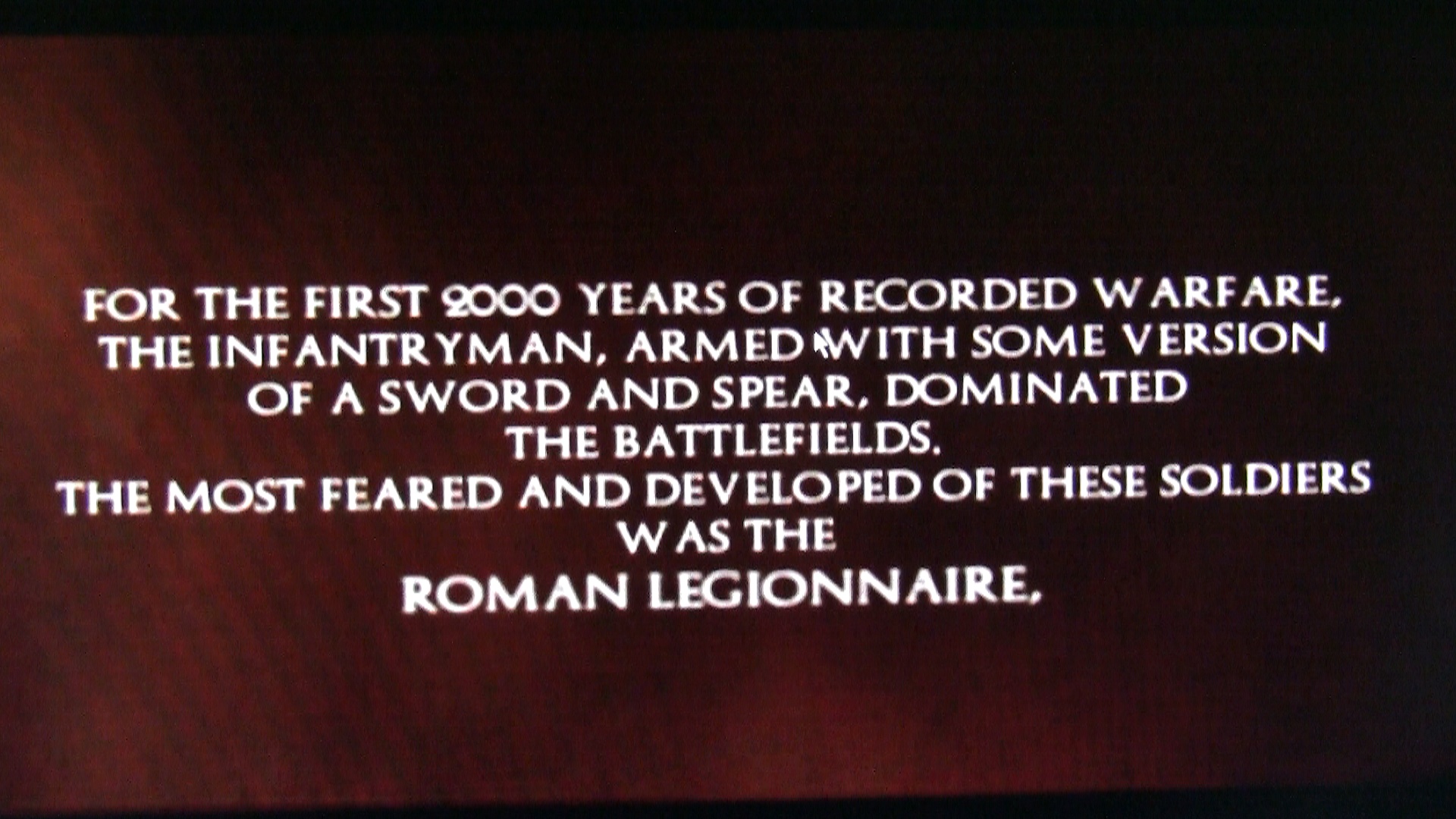

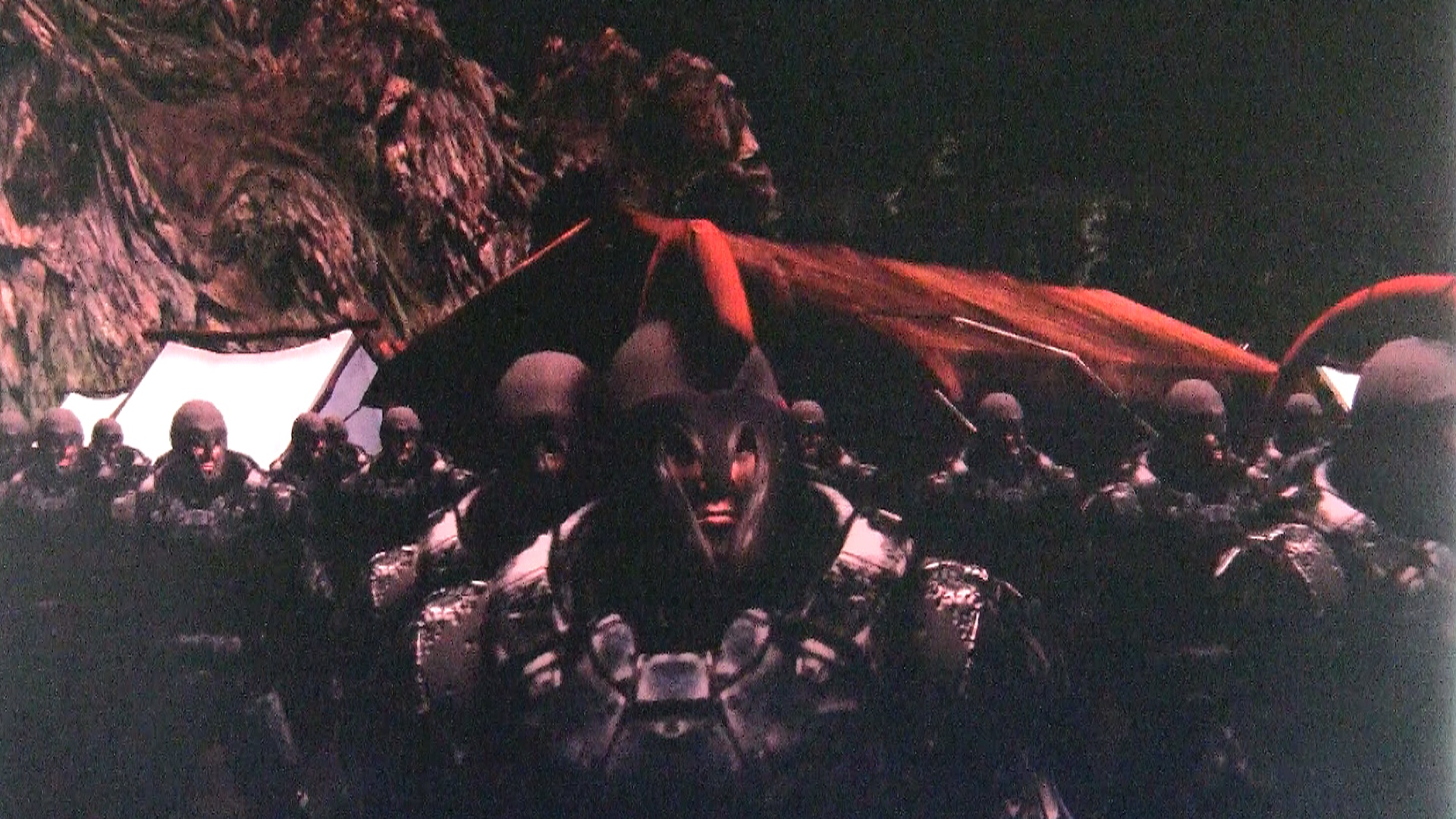
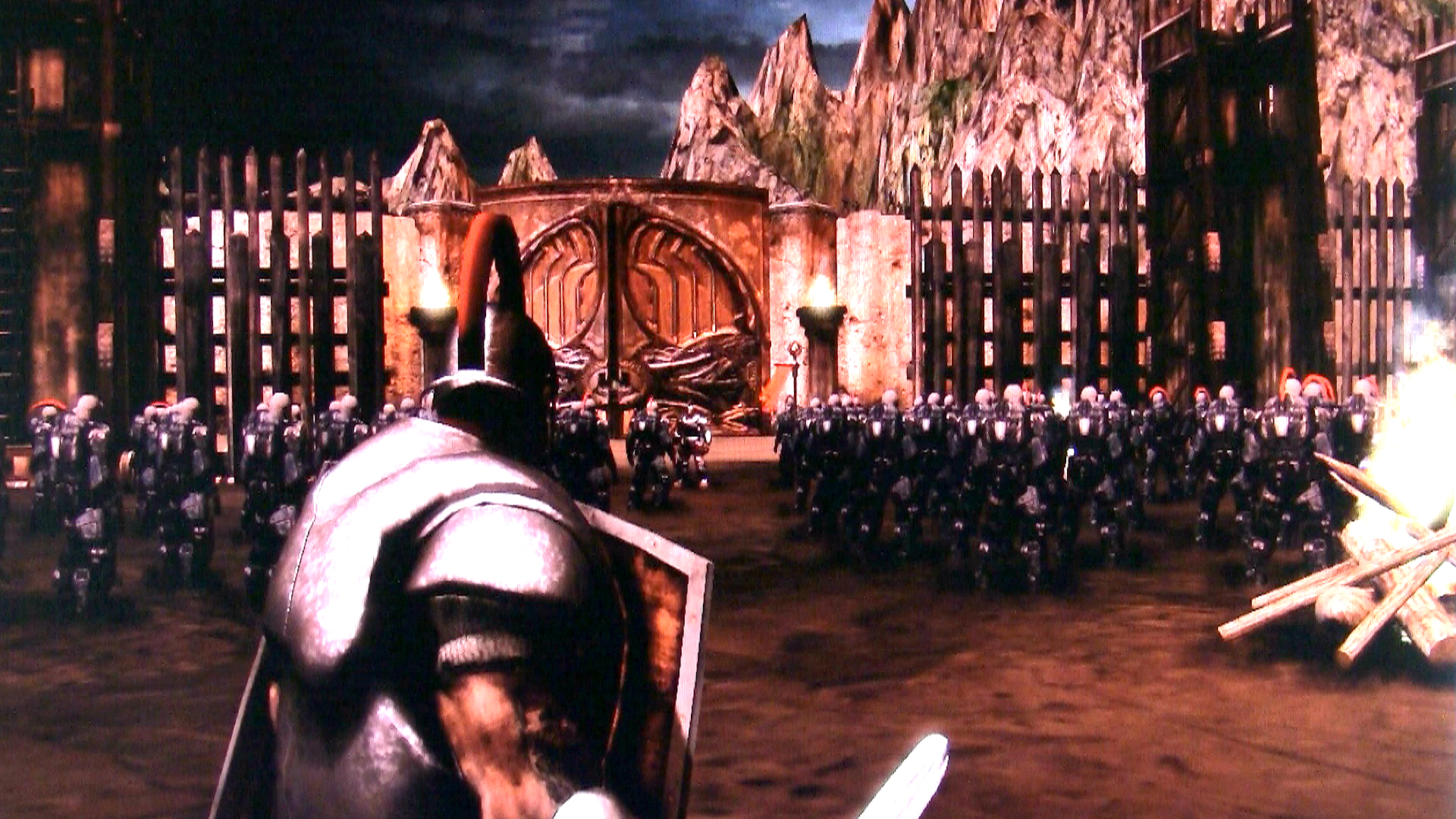
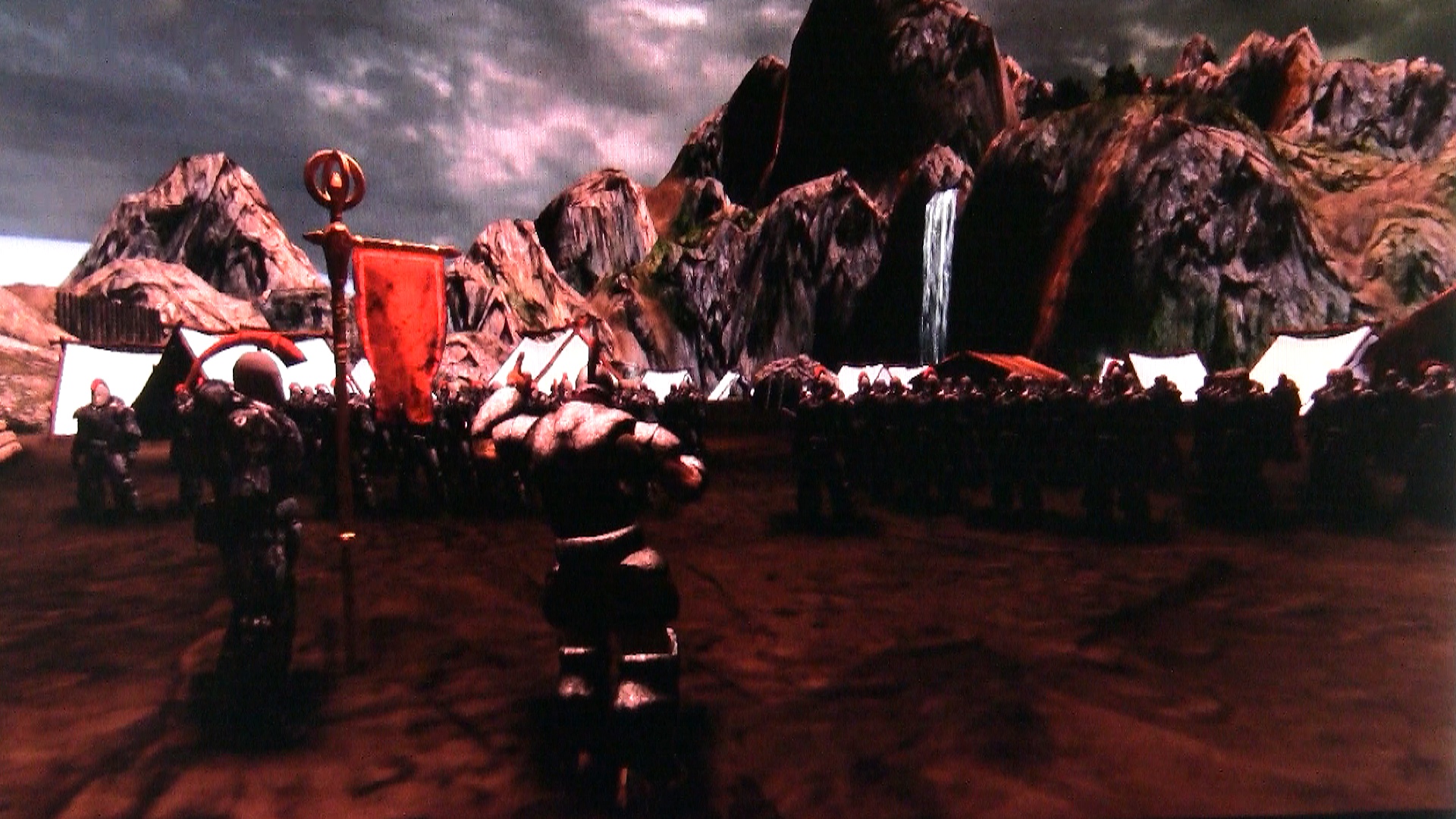
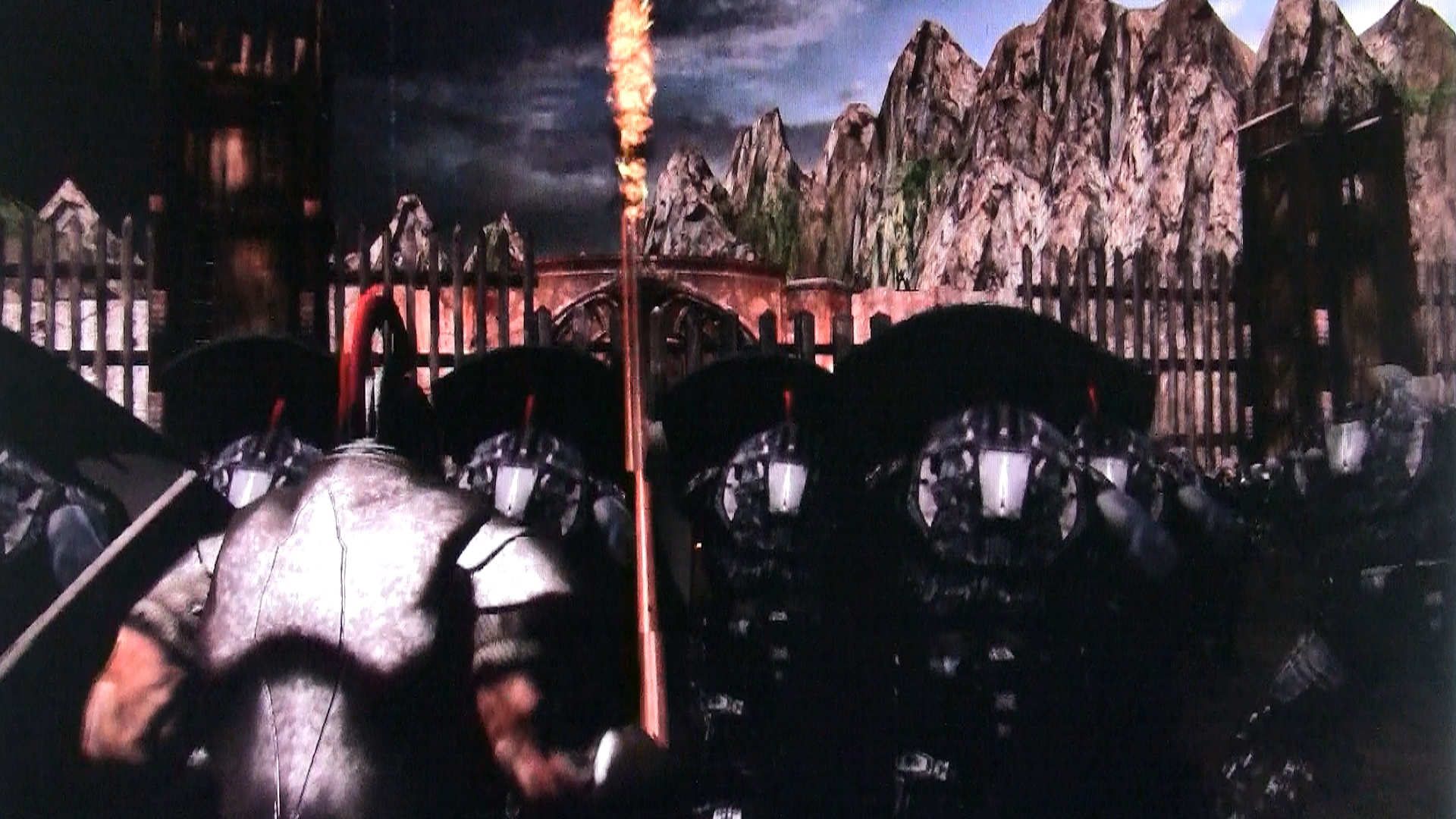
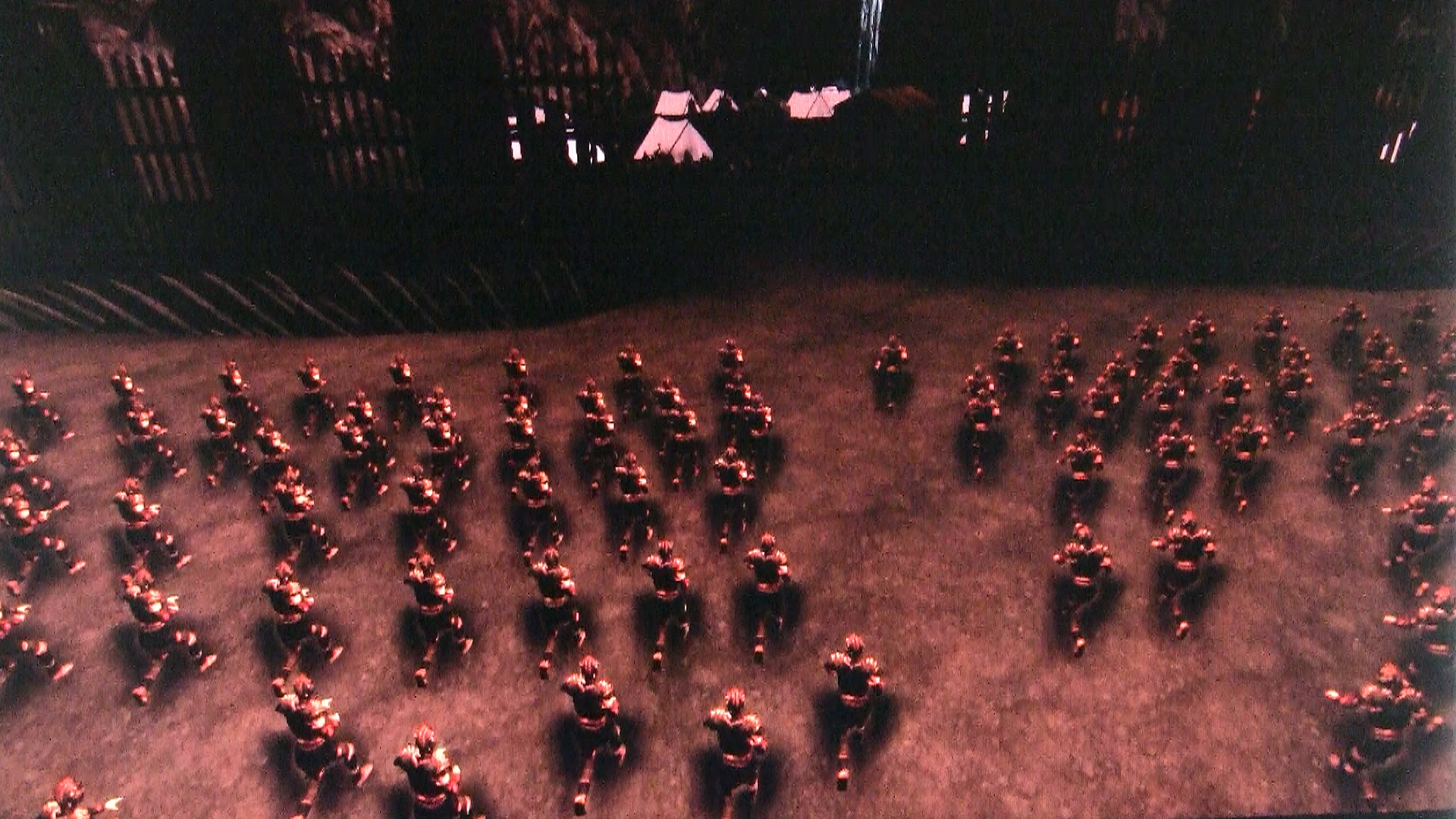
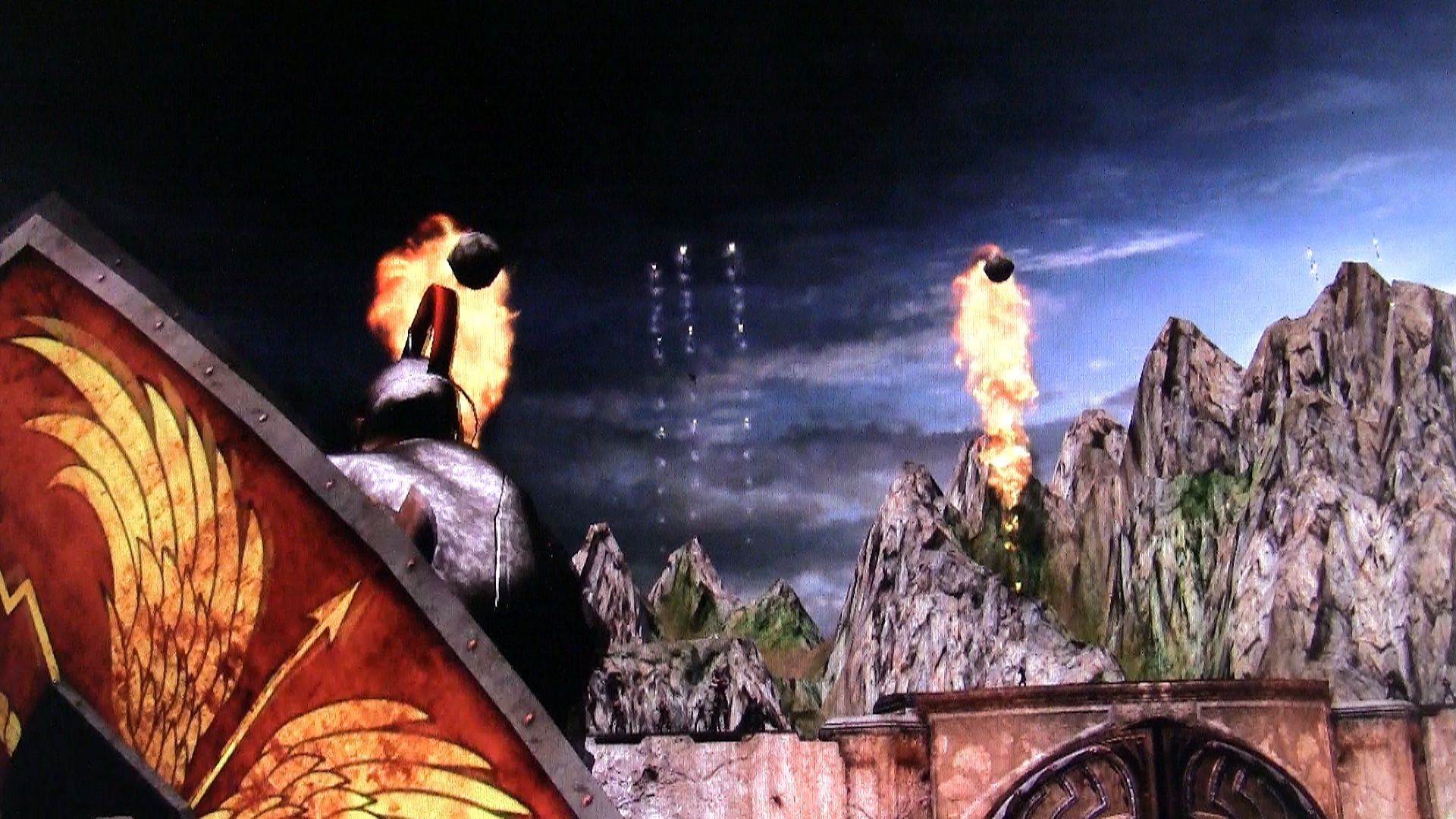
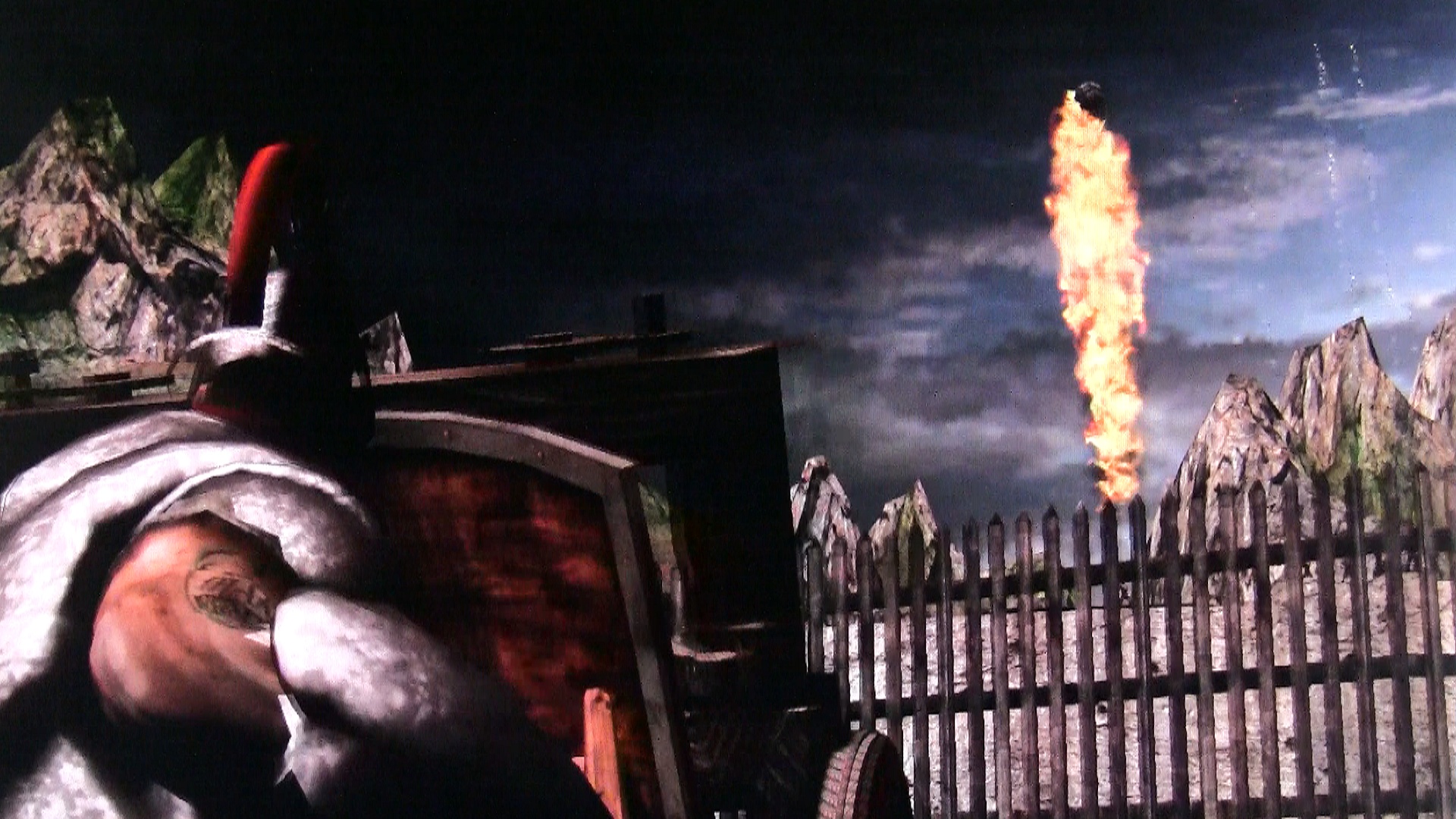
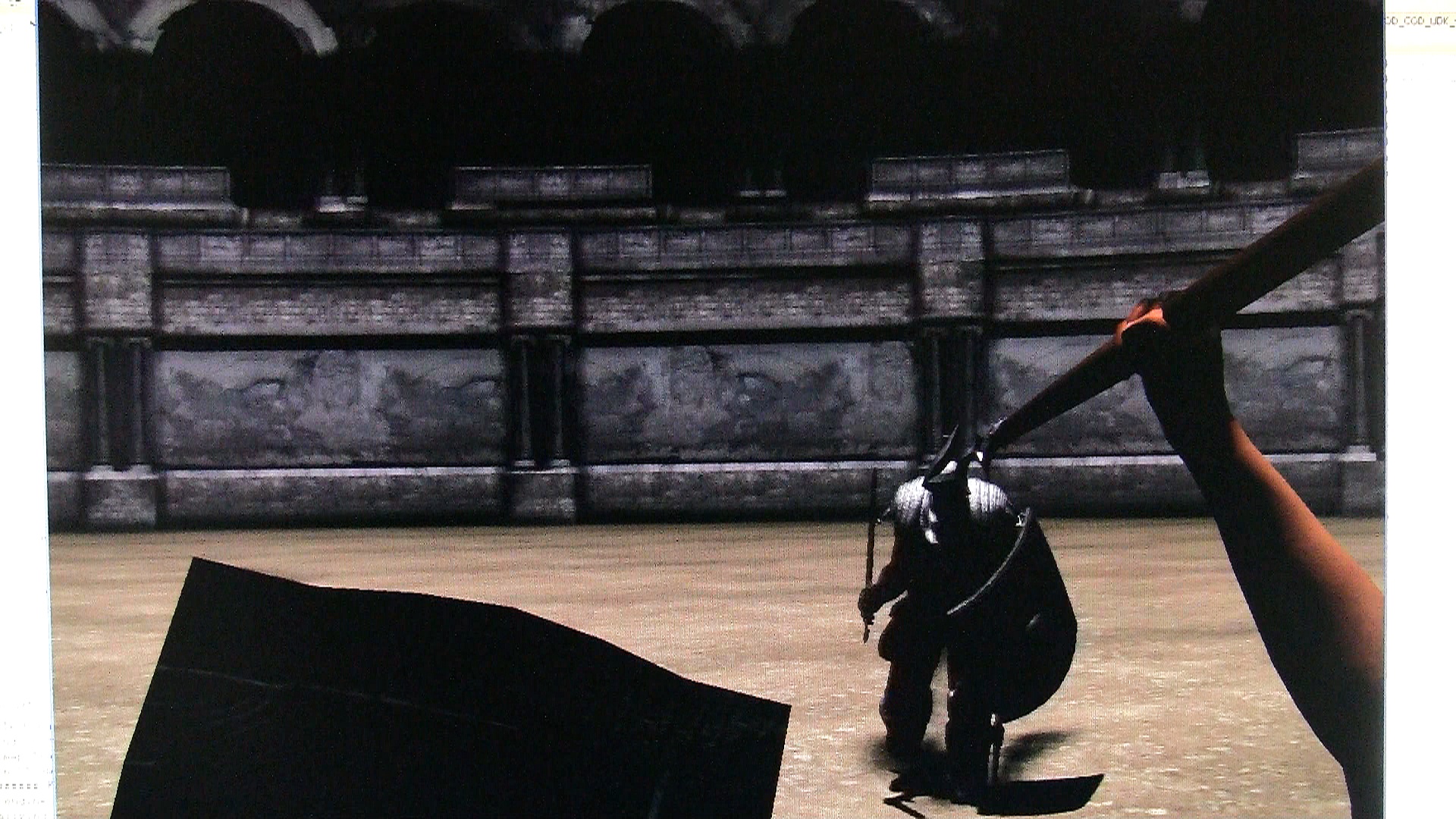
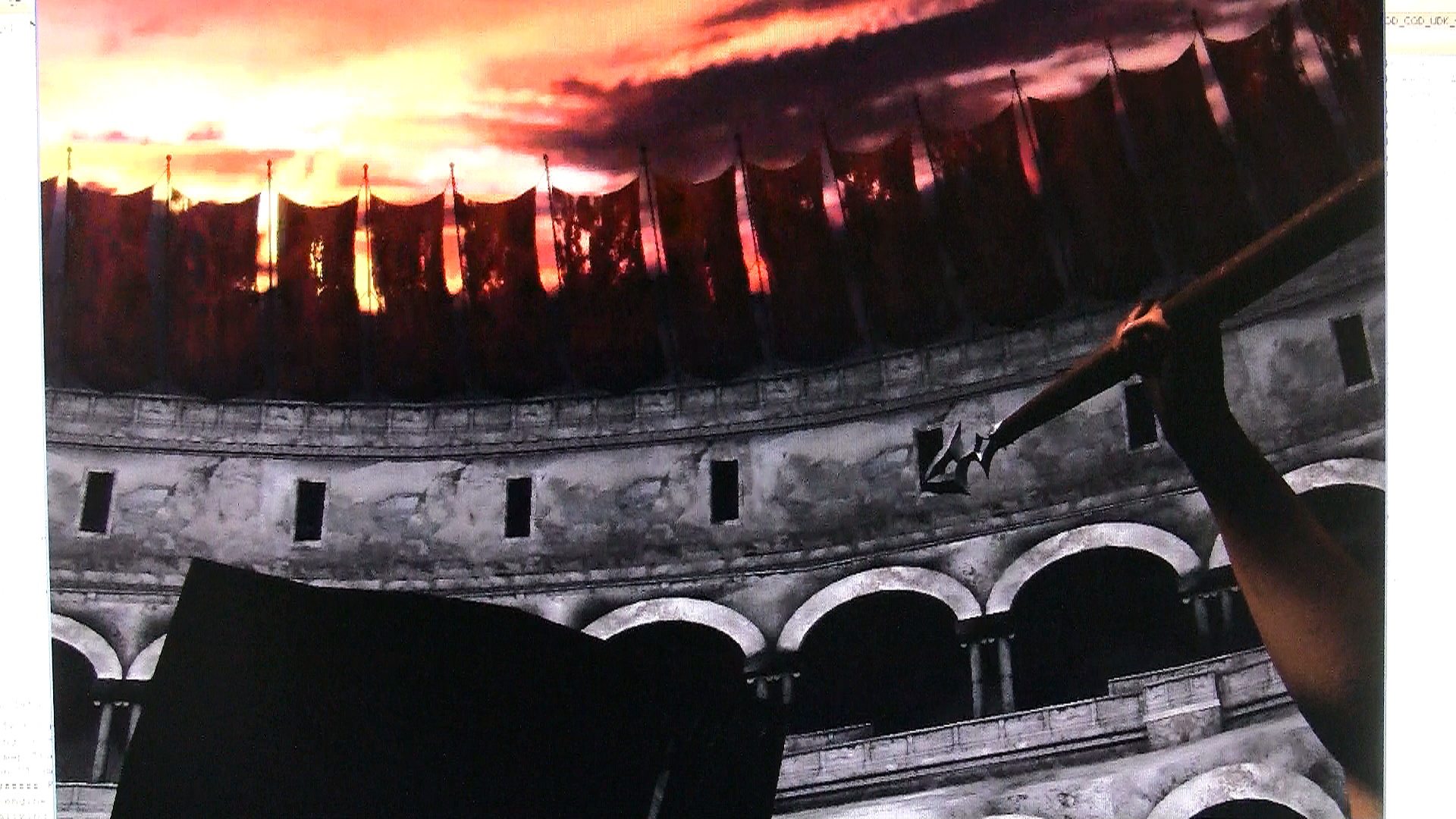
The demo started with a short horse riding section and a speech from Julius Caesar, with the player controlling a character called Titus Pullo. “Basically your objective in that mission was to take out the archers”, says Polemos, but explains that there were actually three ways to achieve this to show off various mechanics. “You go to the catapults, you release the catapults to take out some of the archers, you could climb up the siege towers or you could drive on the war elephants, which everybody freaking loved the most!”
Polemos describes the elephant as the game’s tank. “You drive it [and] if there’s any enemies it can trample them for you. Beside that you get a better perspective and you have some protection because it had its own little booth-seat that protected you and you could duck under”.
The second part of the prototype involved a smaller demonstration to showcase a different setting and the first-person view. “We showed a small a prototype of another battle that was going to happen in the Coliseum, sort of Gladiator style” Polemos clarifies. “It looked beautiful and it was just a quick preview of another mission, just to show the direction we were going to, and the art style”.
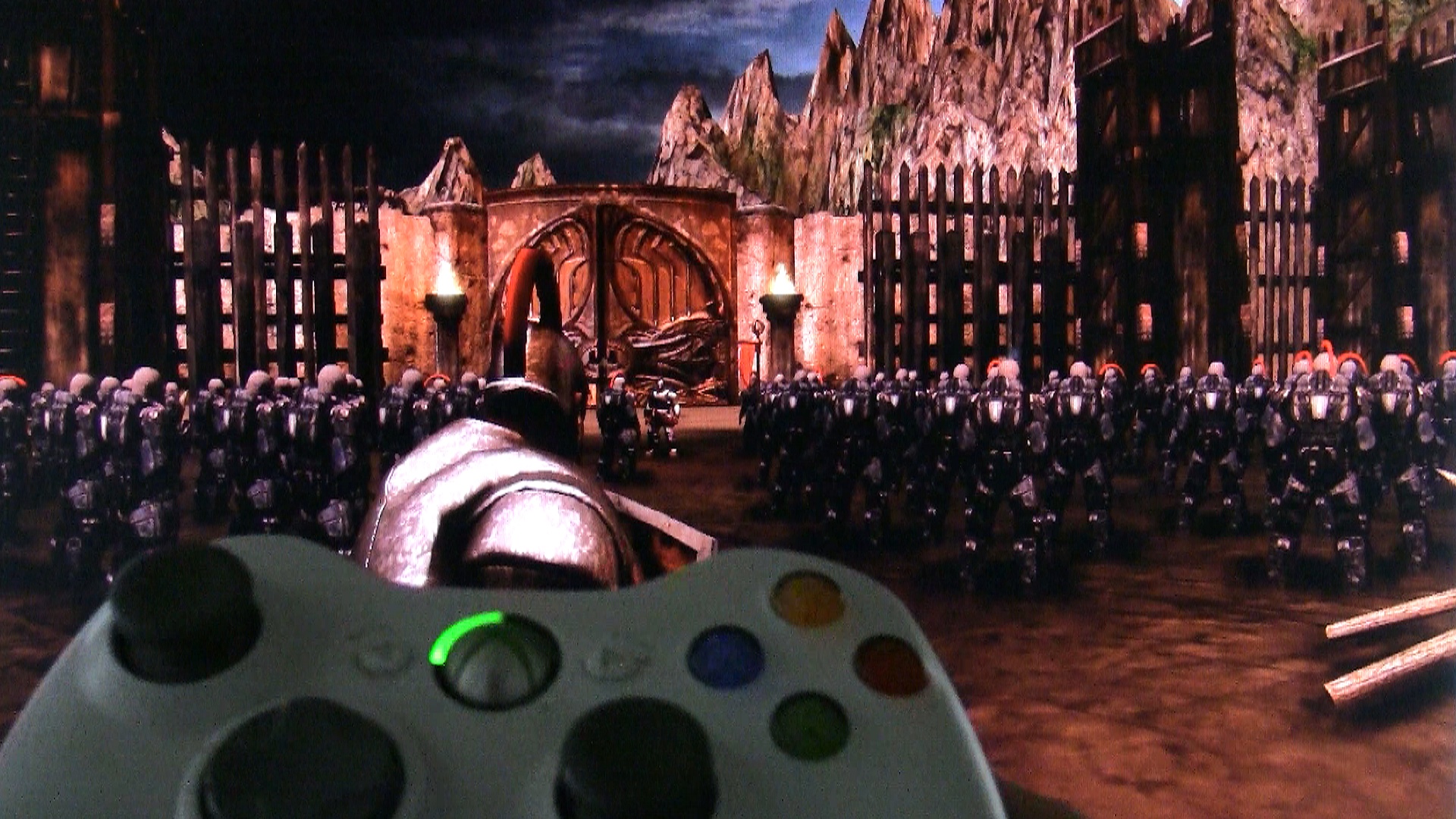
The full plan for the game would involve a variety of perspectives and characters, says Polemos. “You were going to play a lead centurion, you were going to play a grunt and you were going to play all the way up to Julius Caesar himself; so you were going to be a commander”. The plot loosely followed ‘Commentarii de Bello Gallico’, otherwise known as Commentaries around the Gallic wars, Julius Caesar’s own account of the battles (Roman War’s main character Titus Pullo is actually named in these accounts as a historical figure).
“You were going to fight against the Germans and the Germanic Tribes and really stay true to the history of Julius’ conquests during the Gallic Wars,” they explain. “You were going to jump around from officers to low grunts to Caesar and get a little variety of all of those little battles, so you’d play an archer here, you’d play a cavalry over in this phase. And it was going to stay true to the Call of Duty franchise in that jumping around, playing those different characters and getting a whole feel of the overall battle during those times”.
Unfortunately, though, the game never progressed past the prototype stage. “They sent it up to Activision, to Bobby Kotick, and they wanted to hear a little bit more about the backstory,” Polemos told me. But while it was received well there was some uncertainty about using Call of Duty’s branding. “I at the time was being sort of... I was being stiff in that area,” they admit. “I was huge on Call of Duty myself so I was like ‘I really want to keep it on the Call of Duty level.’ And they said, ‘that’s not going to fly with Activision – they’re already looking at a different version and they don’t want to oversaturate the market’”.
Ironically, while Roman Wars never came to be, it could have had competition if it had gone ahead. “It would’ve started aligning with the Xbox One depending on the roll out and how long the production would have been,” points out Polemos. “And, strangely enough, a launch title for the Xbox One was Ryse – the Roman war game, which is crazy!” That was a ‘told you so’ moment for Polemos. “When we saw that we were just like ‘See! We knew!’” At the time though, Activision wasn’t convinced. “You had Ghost Recon Advanced Warfighter, you had all the future stuff - especially with Halo and all those more futuristic-style shooters - they weren’t sure if it was going to resonate as strongly, but then a launch title actually was a freaking ancient Roman warfare game. I think if Call of Duty did that, and they did it with the mechanics we were working with and that engine? That launch title would have been a lot bigger and a lot more well received”.

I'm GamesRadar's Managing Editor for guides, which means I run GamesRadar's guides and tips content. I also write reviews, previews and features, largely about horror, action adventure, FPS and open world games. I previously worked on Kotaku, and the Official PlayStation Magazine and website.


